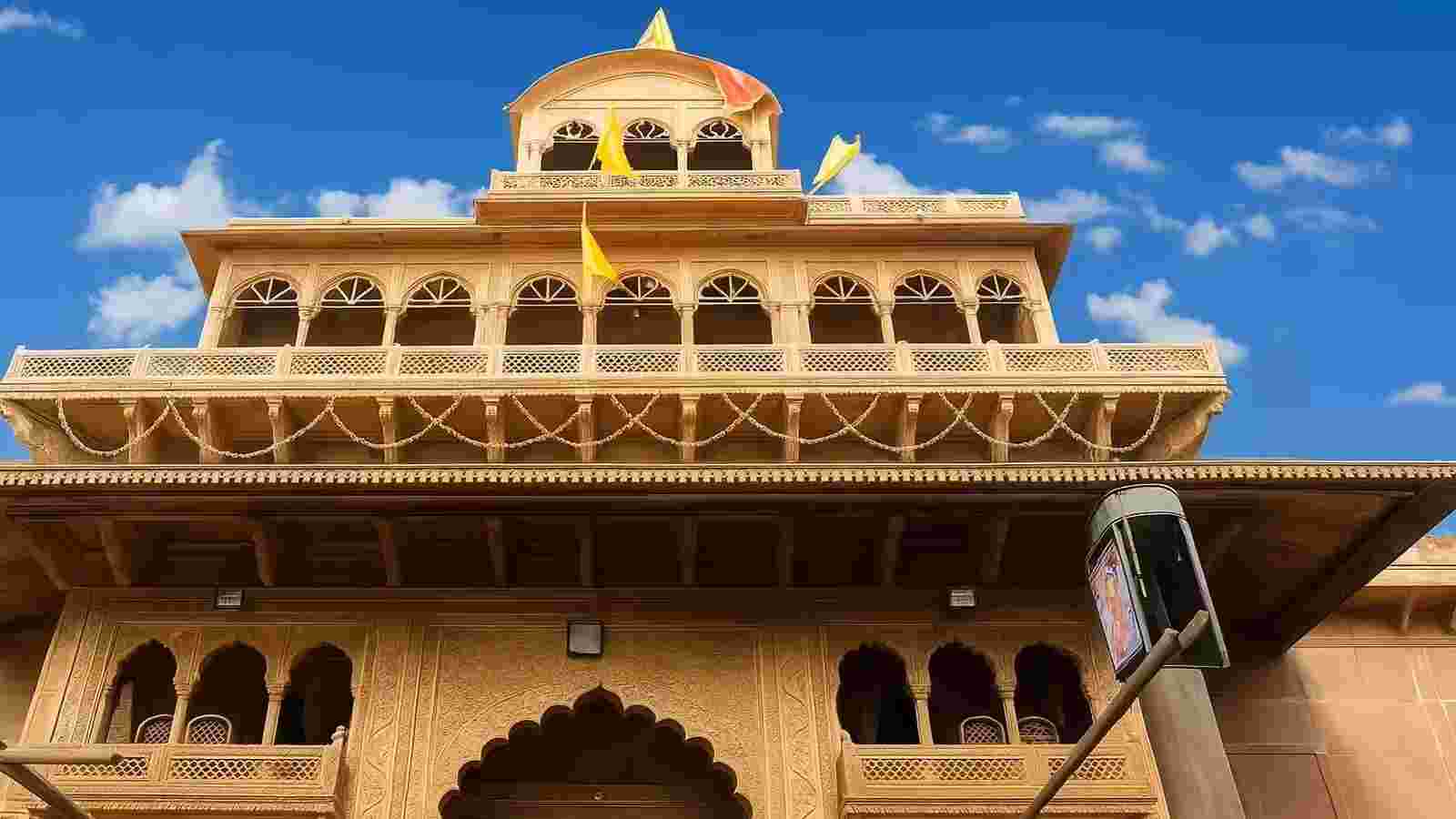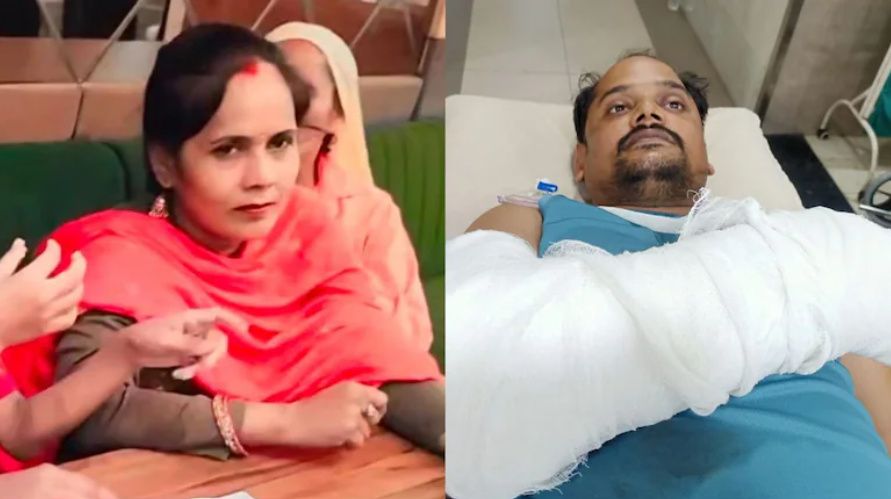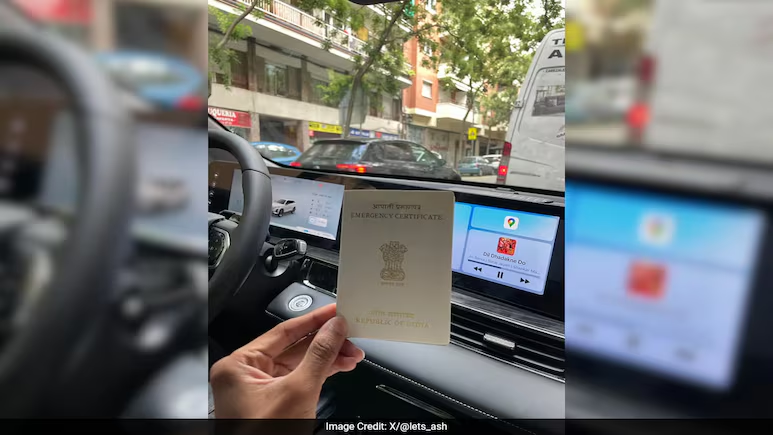SC Criticizes UP Govt’s “Clandestine” Use of Temple Funds, Seeks Mediation in ₹500-Crore Corridor Dispute
The Supreme Court of India on Monday invoked the legacy of Lord Krishna as the “first mediator” in a legal dispute surrounding the Banke Bihari temple in Vrindavan, one of North India’s most revered pilgrimage sites. The top court suggested a mediation committee and put a temporary hold on a prior ruling allowing the Uttar Pradesh government to use ₹500 crore from temple funds for a corridor redevelopment project.
🛕 Banke Bihari Temple: Heritage and Dispute
- Built in 1862, the Banke Bihari temple is managed by Shebaits — hereditary priests who oversee daily rituals and temple administration.
- The dispute stems from a UP government ordinance aiming to redevelop a pilgrimage corridor, allegedly without proper consultation with temple authorities.
- ₹500 crore was allocated from temple funds for this project, a move now under legal and public scrutiny.
⚖️ What Did the Supreme Court Say?
A bench of Justice Surya Kant and Justice Joymalya Bagchi expressed:
- Disapproval of the “clandestine” manner in which the UP government secured the Supreme Court’s May 15 order.
- Surprise at the speed (“hurry”) with which the ordinance was passed.
- An intent to keep parts of the May 15 ruling in abeyance and instead set up an interim management committee.
“Lord Krishna was the first mediator… please try to mediate the matter,” the bench said.
🧾 Supreme Court’s Key Proposals
- The court proposed appointing a former High Court or senior district judge as the management trustee.
- This interim committee would:
- Oversee temple operations
- Utilize funds transparently for infrastructure improvements
- Maintain daily religious practices
- The Allahabad High Court must first test the constitutional validity of the UP government’s ordinance.
- The temple trust is free to challenge the ordinance and seek a stay on government interference.
👥 Response from the UP Government
- Additional Solicitor General KM Nataraj, appearing for the UP government, was asked to confer with state officials and respond to the court’s proposal by 10:30 AM the next day.
- The Supreme Court questioned:
- Why the UP government intervened in a private religious trust matter
- Why there was no public notice or hearing before temple management was replaced
- Why the land wasn’t acquired legally with compensation to private owners for the corridor project
“If the state wanted to carry out development work… what prevented it from doing so as per law?” – Justice Surya Kant
💬 What the Former Temple Management Argued
- The ordinance ousted the family that historically managed the temple.
- They were not granted a hearing before the ordinance was enacted.
- The Supreme Court’s May 15 order — which allowed usage of temple funds — was obtained without fully informing the court.
🧳 Tourism and Development: A Balancing Act
While highlighting the temple’s religious and cultural significance, the Supreme Court acknowledged:
- Religious tourism is a major economic driver
- Sites like Tirupati have successfully integrated modern facilities while preserving religious sanctity
- The goal should be to encourage tourism with good management and respect for heritage
“Look at hotels, restaurants, tea shops… we should encourage good management,” the court said.



